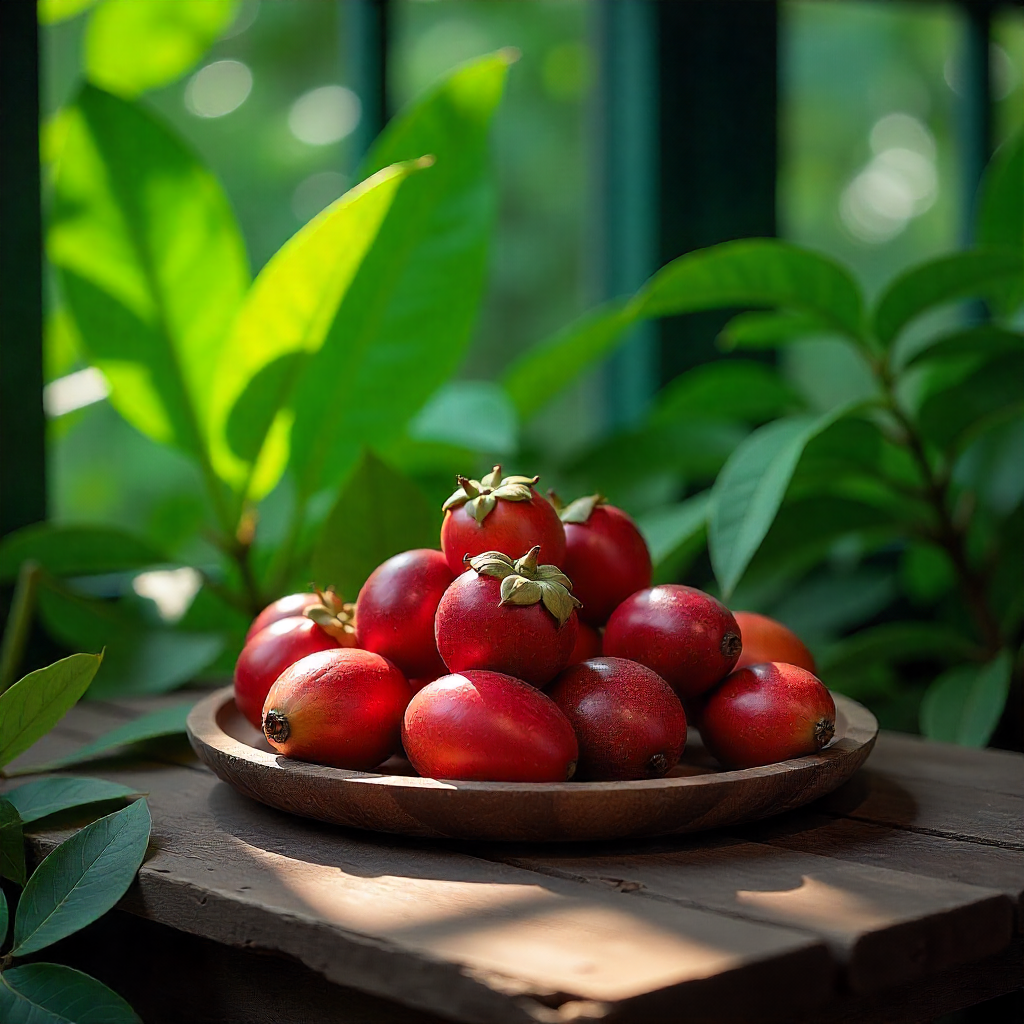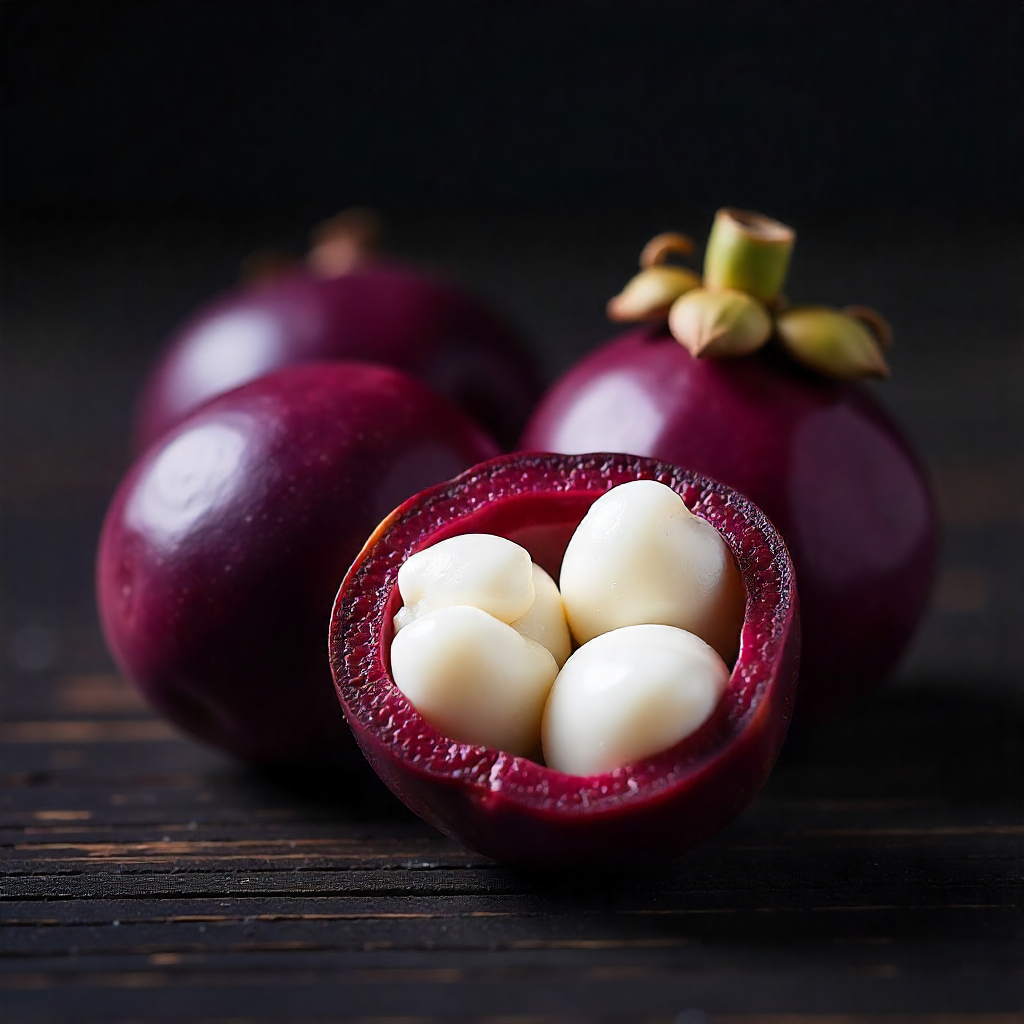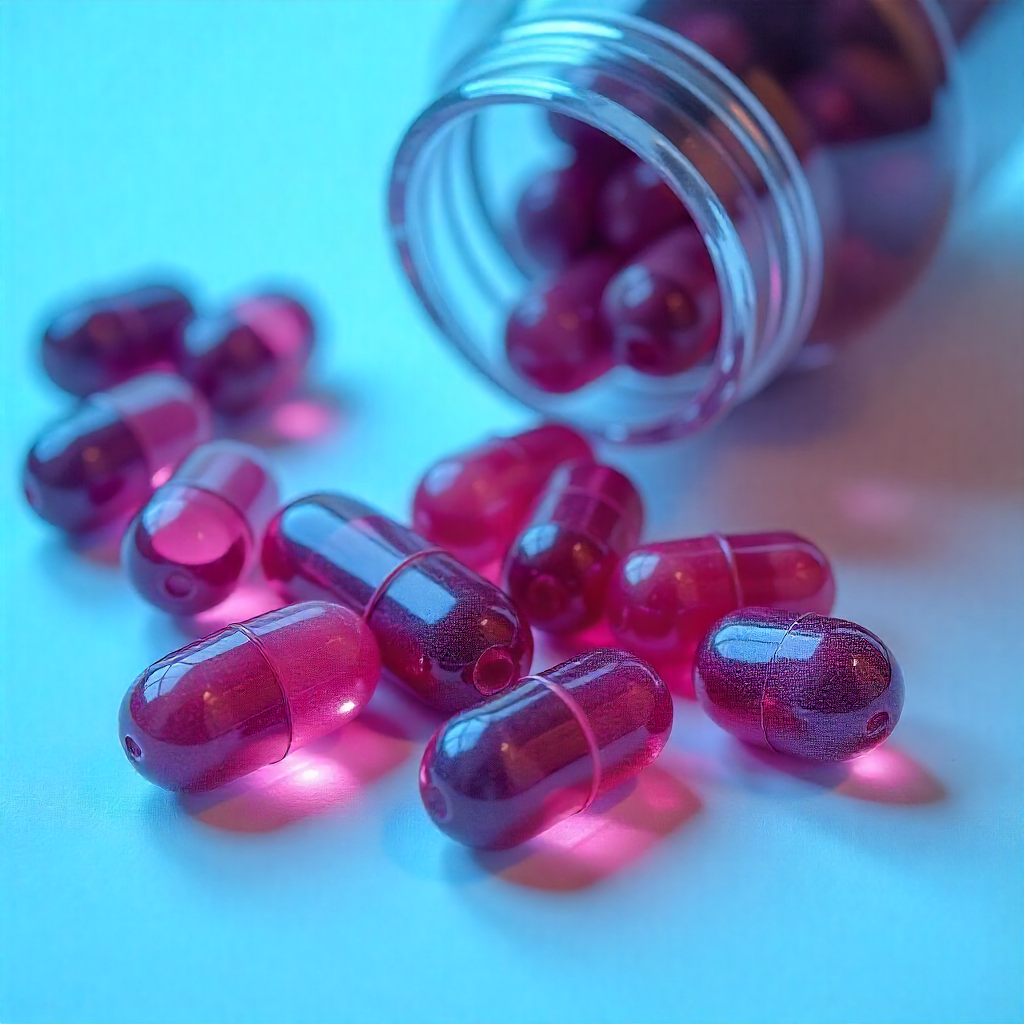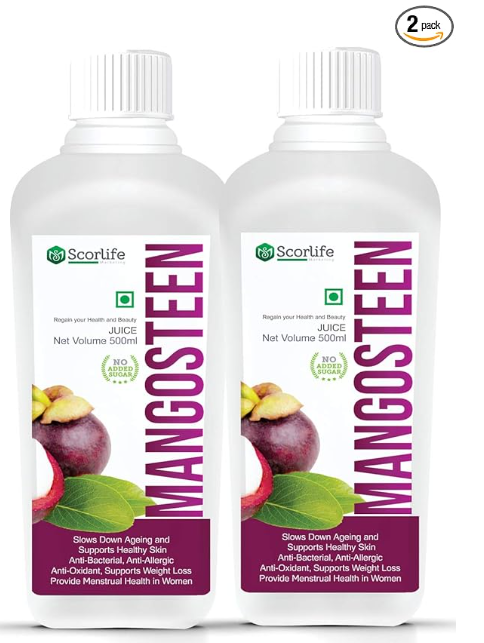
What Is Mangosteen?
Imagine a fruit that tastes like a soft candy like mangosteen made by nature—sweet, slightly tart, floral, and utterly refreshing. The fruit has a thick, deep-purple rind and soft, white segments inside that melt in your mouth. Beyond the flavor, mangosteen carries a reputation as a nutrient-dense tropical treasure with wellness perks that go well beyond snack-time satisfaction.
Origins and the “Queen of Fruits” Nickname
Mangosteen (Garcinia mangostana) is often called the “Queen of Fruits.” That royal title comes from its exquisite taste and the reverence it earned in Southeast Asia. For centuries people there prized it for both culinary and traditional medicinal uses.
Where It’s Grown and Why Climate Matters
It thrives in warm, humid climates with abundant rainfall. Native to Southeast Asia, you’ll also find it grown in parts of India, the Philippines, and other tropical pockets. The growing conditions influence flavor intensity—sun-ripened mangosteens are sweeter, creamier, and more aromatic.

The Nutritional Breakdown
Let’s drop the mystique and look at the real goods: what you get in a serving of mangosteen.
Vitamins and Minerals You Actually Use
It provides vitamin C, which supports strong immunity and promotes healthy skin. It also contains B vitamins, potassium, magnesium, and small amounts of iron and copper. These nutrients support day-to-day energy, nervous system function, and electrolyte balance.
Xanthones—The Little-Known Supercompound
What sets mangosteen apart are xanthones: plant compounds with potent antioxidant and anti-inflammatory activity. They’ve been studied for their ability to protect cells from oxidative damage, which is linked to aging and chronic disease. Think of xanthones as tiny bodyguards who patrol your cells.
Top Proven Health Benefits
Immunity Boost and Infection Defense
One cup of mangosteen contributes vitamin C and antioxidants that can enhance immune surveillance. In short: mangosteen helps your body detect and respond to threats more efficiently.
Skin Health, Glow, and Anti-Aging Benefits
Antioxidants neutralize free radicals—those unstable molecules that damage collagen and accelerate aging. Regular intake of antioxidant-rich foods like mangosteen may help skin look fresher, smoother, and more radiant over time.
Gut Health and Digestion Support
Mangosteen’s fiber helps cleanse and regulate digestion. Fiber feeds beneficial gut microbes, which in turn support mood, immunity, and nutrient absorption. If your gut could high-five you, it would.

Inflammation, Pain Relief & Joint Support
Long-term inflammation is a key trigger behind numerous modern health problems. Mangosteen’s xanthones and other anti-inflammatory compounds can help reduce inflammatory markers, potentially easing joint discomfort and improving mobility.
Heart Health and Circulatory Support
Potassium supports healthy blood pressure, while antioxidants shield blood vessels from oxidative harm. Together, these factors support healthier circulation and a reduced risk profile for cardiovascular strain.
Mangosteen for Weight Management and Metabolism
Fiber, Satiety, and Calorie Efficiency
If weight management is your aim, mangosteen is a gentle helper: low in calories, high in fiber, and naturally sweet—meaning it can satisfy cravings without the calorie load of sugary snacks.
Metabolic nudges—what the fruit can and can’t do
Mangosteen complements a balanced diet; it’s not a magic pill. It helps by reducing overeating through satiety and by providing nutrients that support metabolism. But pairing it with whole foods, movement, and good sleep is essential for real results.
Brain & Mood: Cognitive and Mental Wellness Perks

Stress, Anxiety, and Oxidative Load on the Brain
Oxidative stress affects brain cells and mood regulation. Antioxidants in mangosteen can help lower oxidative damage, which may ease anxiety and stress in some people—think of it as internal calm support.
Memory and Focus Support—Myth or Plausible?
While mangosteen won’t replace focused study or sleep, its nutrient profile supports brain health. Regular antioxidant intake is associated with preserved cognitive function over time—small nudges add up.
How to Use Mangosteen in Real Life
Fresh Fruit—peeling, tasting, enjoying
Opening a mangosteen is simple: gently press the rind until it cracks, then separate it and scoop out the soft white segments.
Eat them fresh—they’re best that way for flavor and full nutrient benefit.
Smoothies, Salads, Desserts, and Savory Twists
Mangoes and berries are common smoothie stars; mangosteen deserves a spot, too. Mix it with yogurt, banana, and a hint of coconut water. Or toss segments into fruit salads and chilled seafood dishes for a bright, sweet contrast.
Supplements, Powders, and Extracts—Pros and cons
Not everywhere sells fresh mangosteen. Powders and extracts provide a convenient alternative, but watch for added sugars and fillers. Supplements concentrate active compounds, which can be helpful—but whole fruit provides fiber and balanced nutrients that supplements don’t.

Choosing, Storing, and Preparing Mangosteen

Picking ripe fruit at the market
Look for a deep purple rind with a slight give when pressed—too hard and it’s underripe, too squishy and it may be overripe. The green calyx on top should be fresh-looking, not brown and withered.
Storage and shelf-life tips
Fresh mangosteen keeps for several days at room temperature in a cool, shaded place. Keep it in the refrigerator to maintain freshness for up to two weeks. Avoid freezing fresh segments if you want peak texture, though frozen mangosteen works fine for smoothies.
Safety, Side Effects, and Who Should Be Cautious
In general, mangosteen is safe for most people when eaten as food. A few points of caution:
Excessive consumption may cause digestive upset (bloating or mild diarrhea) in sensitive individuals.
If you have allergies to tropical fruits, introduce mangosteen cautiously.
Pregnant or breastfeeding people should check with their healthcare provider before taking concentrated mangosteen supplements.
If you’re on blood-thinning medication or have specific medical conditions, consult your doctor before using extracts or large supplemental doses.
Simple Mangosteen Recipes to Try This Week
Quick Mangosteen Smoothie (30 seconds)
4–5 mangosteen segments (fresh or frozen)
1 banana
1/2 cup yogurt or plant-based yogurt
1/2 cup coconut water or plain water
Blend until smooth. Enjoy immediately for a refreshing antioxidant hit.

Mangosteen & Yogurt Parfait
Arrange Greek yogurt, diced mangosteen pieces, a light drizzle of honey, and a sprinkle of granola in layers, repeat the layering, and finish with a hint of lime zest for a refreshing touch.
Mangosteen and Sustainability—A Small Note on sourcing
When possible, buy locally grown mangosteen or responsibly sourced imports. If not carefully managed, the demand for tropical fruits can lead to unsustainable farming practices. Opt for sellers who use ethical practices—your body isn’t the only thing that benefits when farms thrive responsibly.
conclusion
Mangosteen is more than a tasty tropical indulgence—it’s a nutrient-dense ally for modern living. From antioxidant-rich xanthones to vitamin C, fiber, and minerals, this fruit offers a suite of benefits: immune support, skin health, digestive balance, inflammation control, and gentle metabolic help. It tastes like a treat, so integrating it into your routine feels like self-care rather than discipline.
Think of mangosteen as a friendly nudge toward healthier habits: swap a sugary snack for a handful of segments, add it to your morning smoothie, or use the powder in a post-workout shake. Steady, small improvements often lead to quicker results than large, unsustainable transformations. Mangosteen gives you a delicious reason to keep going.
FAQs
Is mangosteen safe for children?
Yes—in moderation. Fresh segments are a healthy, nutrient-rich snack for kids. Do not give concentrated supplements to young children unless advised by a healthcare professional.
Can mangosteen interact with medications?.
There’s limited evidence of major interactions with common medications, but concentrated extracts could theoretically affect blood-thinning drugs.
How much mangosteen should I eat daily?
One to two servings (about 100–200 grams of fresh segments) daily is a good, moderate amount. If using supplements or extracts, follow label directions and consult a healthcare provider if unsure.
Are mangosteen supplements better than eating the fruit?
Not necessarily. Supplements provide concentrated compounds but lack the whole-fruit fiber and balanced nutrition. Use supplements for convenience or targeted support; prioritize whole fruit when possible.
What does mangosteen taste like? The taste is subtle, smooth, and pleasantly refreshing.
Imagine a sweet, slightly tangy candy with floral notes—a cross between peach, lychee, and a hint of citrus.